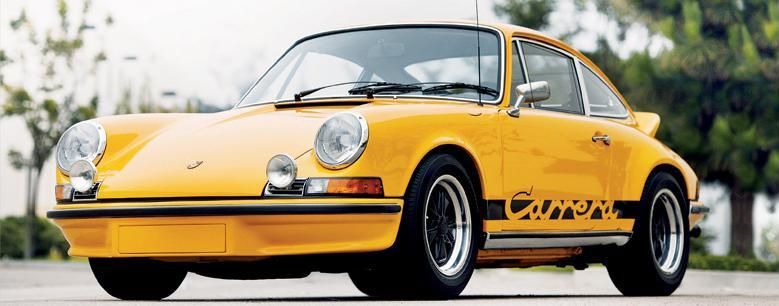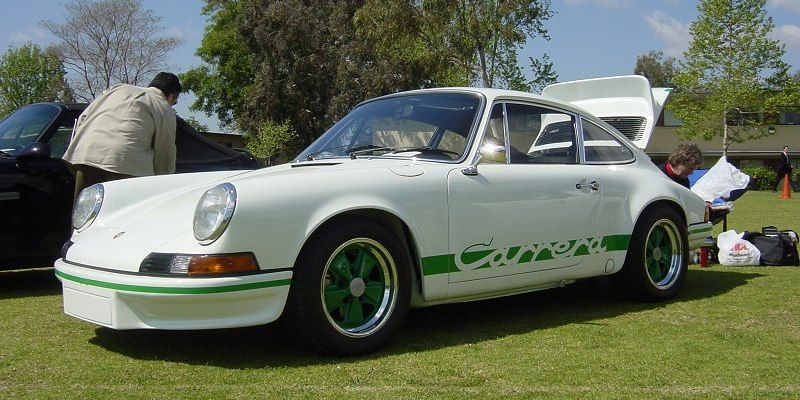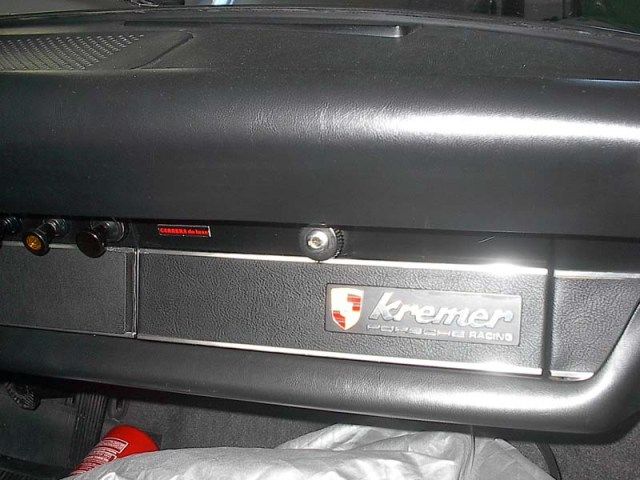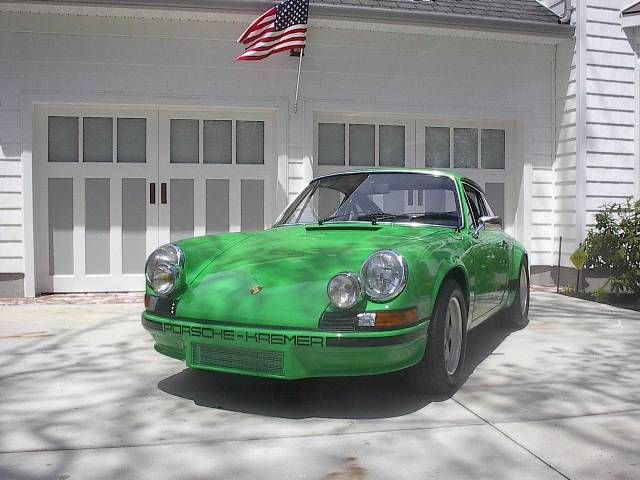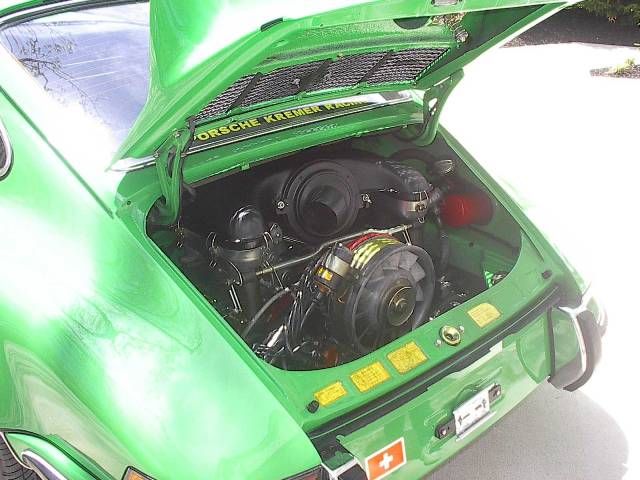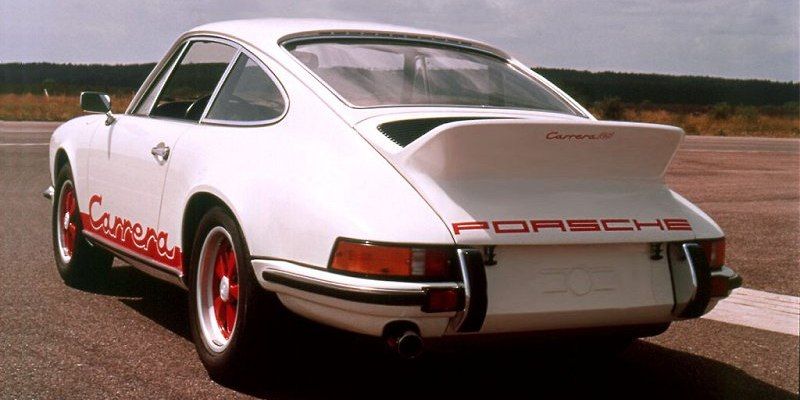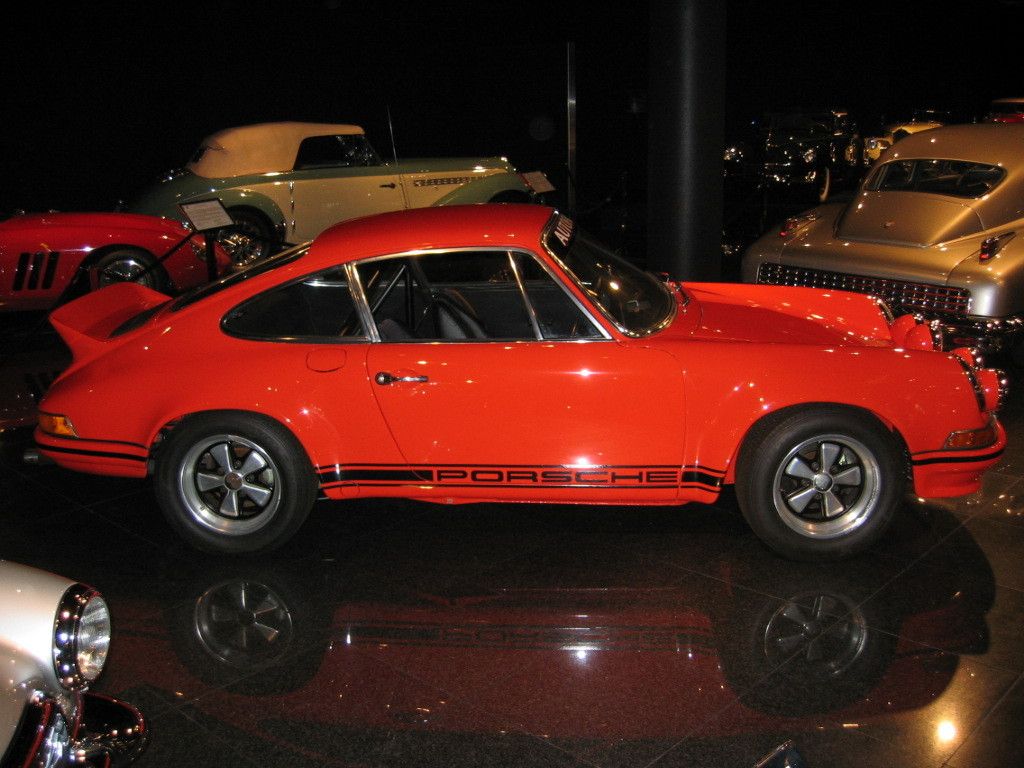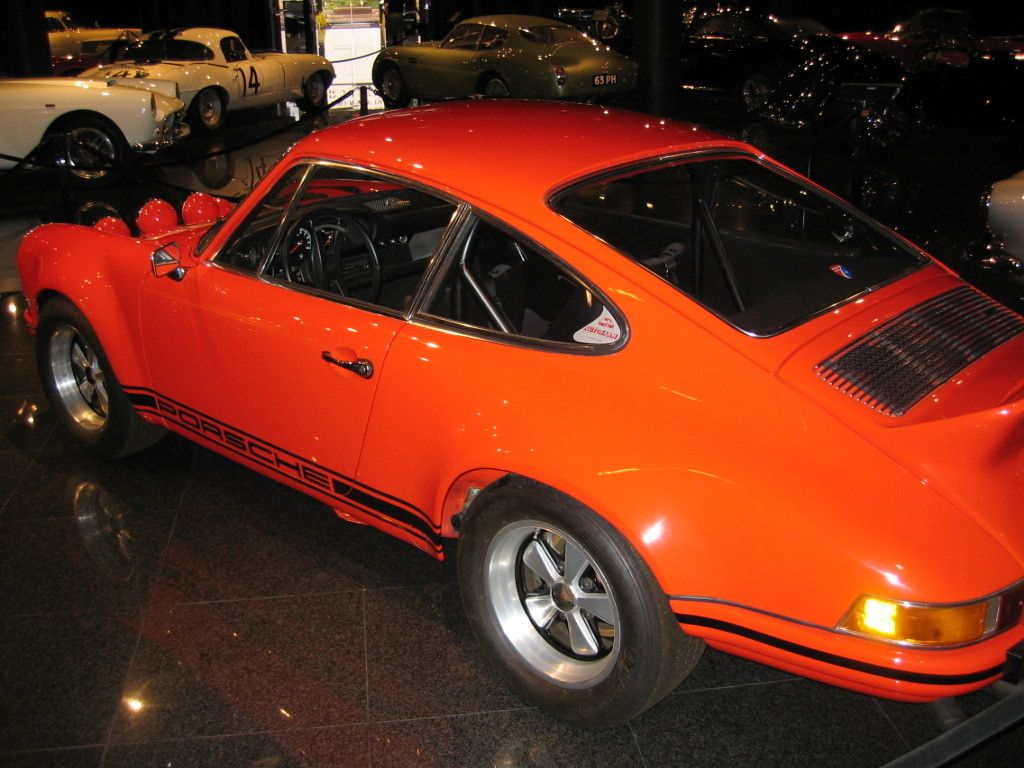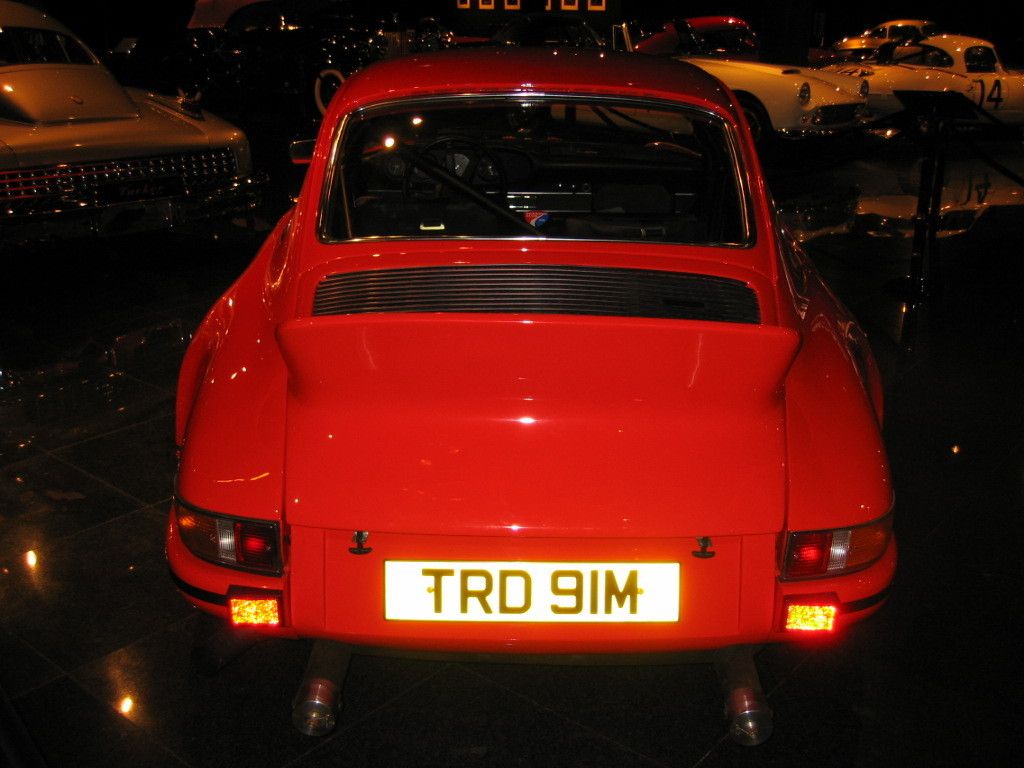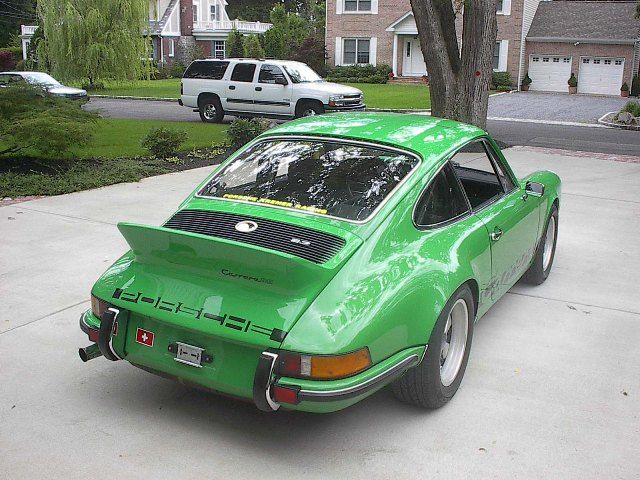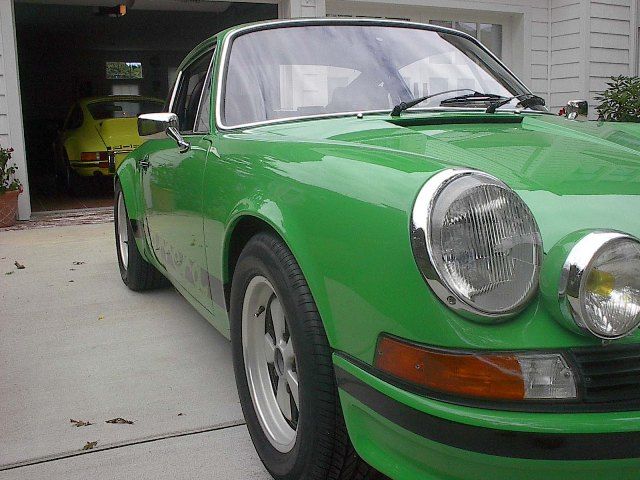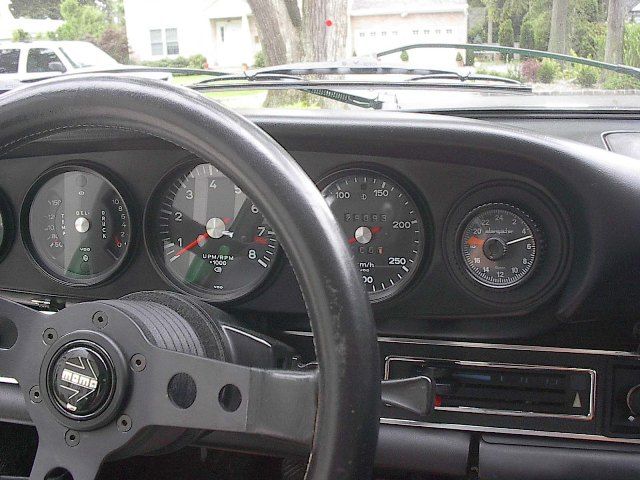Porsche designed the Carrera RS as a basic model for motor racing. This model was available both as a touring version and as a sporting package. The appearance of the RS was marked by its rear spoiler and emblem at the side. With its rebored engine the car had a displacement of 2.7 litres. The rear wheels and tyres were wider than at the front.
1973 Porsche Carrera RS Touring
- Make: Array
- Model: 1973 Porsche Carrera RS Touring
- Engine/Motor: Flat-6
- Horsepower: 210@6300
- Torque: 188@5100
- [do not use] Vehicle Model: Array
Today, the RS is regarded by many as one of the top five sports cars to emerge from the 1970s. Its versatility is hardly surprising; the 911 was designed from the start to be equally suitable for competition and series production. It is highly usable, both trickling through traffic and competing on the race course or rally route.
The 911 Carrera RS 2.7 received a number of changes, making it exceptionally competitive,not least an increase in displacement from 2.4 to 2.7 liters by virtue of a 90 mm bore in the standard 911 cylinders. To accomplish this, the Porsche engineers strengthened the aluminium-cylinder bores by coating them with Nikasil, a nickel-silicon-carbide compound first used in the cylinders of the 917 endurance racers and the 917 Can-Am. Nikasil had much better durability than the bare aluminium bores and less friction as well, barreled benefit that contributed to the Carrera RS 2.7's exceptional performance.
Thanks to the Nikasil coating on the light alloy cylinder walls, the existing 2.4 S cylinders were bored out to a capacity of 2,687 cc. The fuel-injected six-cylinder air- and oil-cooled engine was the largest used on a road-going Porsche of the time, capable of 158 mph and accelerating from standstill to 62 mph in just over five seconds. Combined with an excellent 5-speed gearbox, powerful, responsive brakes and precise handling, the Carrera RS was more than a match for Ferraris of the day.
Initially the RS derivative was to be known as the 2.7 S. Nine pre-production road car prototypes were built, this one being the second, completed in April 1972, some six months before the first production cars. Various letters on file from Porsche AG, corresponding with previous owners, also confirm this early production date. Early factory promotional material depicts this car, which is easily identifiable, not only by the color, but by the fact that it did not originally sport a ducktail rear wing, a signature feature of the production cars.
Porsche retained the car until the RS production run of 1,580 cars had been completed, and judging from early Austrian registration documents on file, the car passed to the talented young works driver Helmut Koinigg, who took ownership in September 1973. It is reputed the car was a gift, and that he changed the color from Signal Yellow to the iconic Grand Prix White, the color of many RS cars. Through several owners in different continents, the car most recently has been owned and restored by David Mohlman, under the guidance of Porsche specialist Edmond Harris in the U.K.
Condition today is a sheer delight, and even to the casual onlooker it is easy to note the unique features of this car, such as the deleted rear spoiler, simple "S" badging, and the period-correct houndstooth front seat inserts. It is both a testament to Porsche for building such a truly usable prototype rather than a hacked mule and to the attention paid during the restoration that we are able to appreciate this extremely important early RS as it is today.

